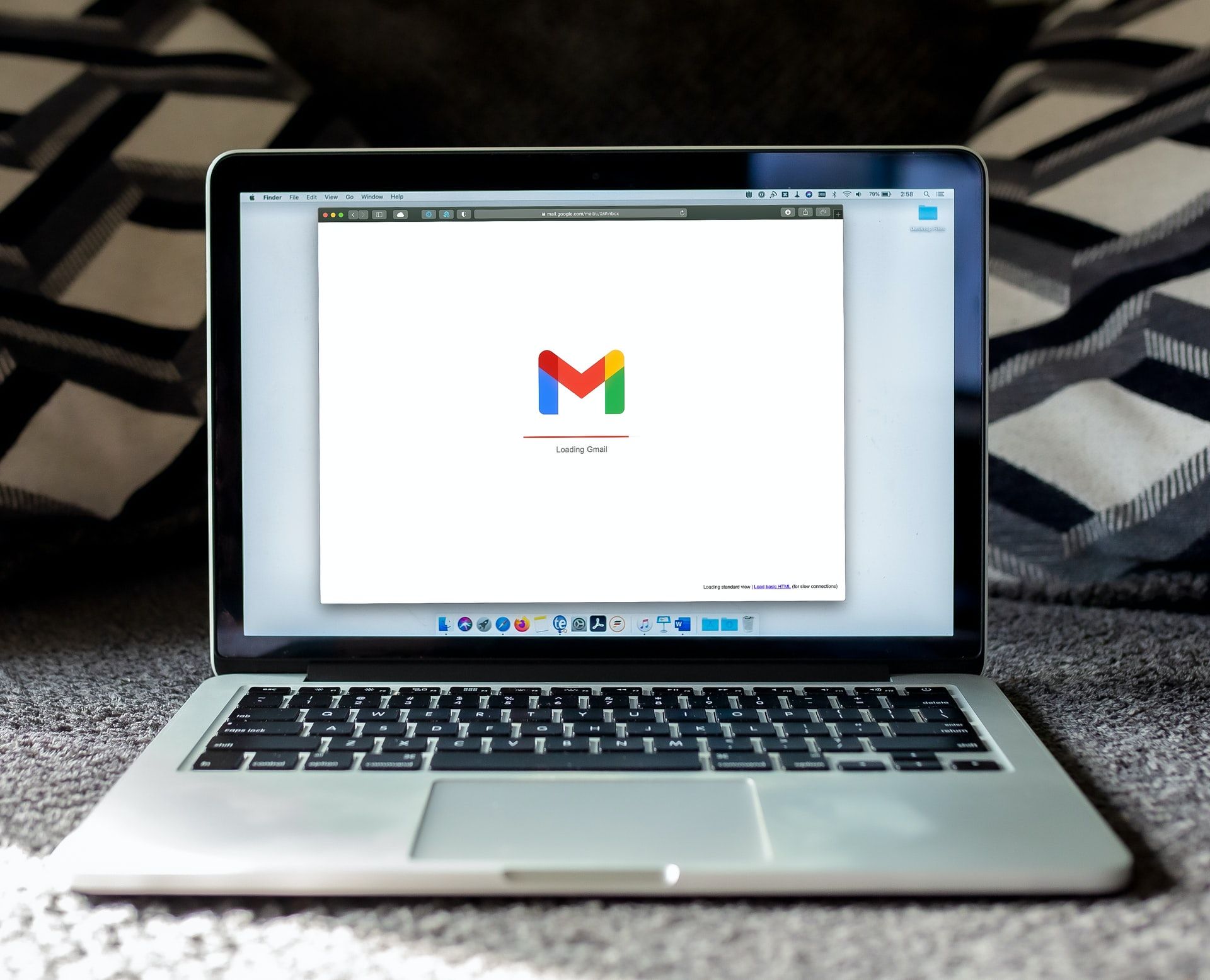Google has made significant strides regarding workplace collaboration, not just in search engines. The company has several apps and features that teams can use to enhance their workflow, many of which are easy to integrate with other apps.
Two of Google’s best-known collaboration platforms are Workspace and Spaces. Many people often confuse the two, so how do they differ from each other? Let’s take a look.
What Is Google Workspace?
Google made its Workspace feature available to everyone—even users with free plans—in June 2021. In short, Workspace is the collective name for all of Google’s project management software platforms.
These include:
- Gmail
- Google Drive
- Google Docs
Hangouts and Meet also form part of Google Workspace, as do various other apps.
Before rebranding to Workspace, you might have known this all-encompassing platform as G Suite—which launched in 2006. Google changed the name in 2020 because it wanted to shift users’ G Suite mindsets from a collection of apps to an integrated solution.
At the time of writing in August 2021, Google Workspace doesn’t have a single mobile app. However, it has one you can access via your web browser, and you can access individual apps—such as Gmail—from your smartphone.
What Is Google Spaces?
Initially, Google Spaces was one of Google’s many short-lived projects. Launched in 2016, Google designed Spaces to give teams an easy place to share folders, links, and more.
But isn’t that similar to Google Drive? Well, no. Not at all. Rather than functioning as a place to store files and folders, Google’s intention with Spaces was to let teams share essential documents and chat with each other.
With Spaces, users could create a “Space” and invite users to join them there. In each Space, users could then communicate however they needed to.
Google chose to discontinue the original version of Spaces one year after its launch.
The truth, however, is that the 2021 version of Google Spaces isn’t too different from its previous namesake. In the new version of Spaces, you can continue to interact in real-time with your project partners. Moreover, you can share files and create tasks—plus performing various other actions.
Google Workspace vs. Google Spaces: The Key Differences
So, you now have a better understanding of what Google Workspace and Spaces are. You also know that while they might sound similar from the outside, the two platforms have (or had) very different uses.
To have a look at just how different they were, let’s break these up into different sections—which you’ll find below.
Target Audience
Both the new and old versions of Spaces focus on quick internal communication. Within their spaces, users can share things to get more immediate answers, rather than doing the same in, say, an email thread.
While Google’s intention with Workspace is partially to help teams improve their workflow internally, that’s not the platform’s only purpose. Workspace helps users become more productive in all work and study areas, not restricted to Google alone.
Workspace caters to both teams and individuals. While one user might use Google Drive to share folders with others, another might want to keep all their documents in the same place for themselves.
App Integrations
It’s important to remember that Google Workspace is, in itself, an all-in-one platform to keep all of your Google apps together. However, you can also integrate many apps in this ecosystem with third-party platforms elsewhere.
One example of a solution you can use in conjunction with Google Workspace is the project management solution monday.com. With this system, you’ve got the opportunity to integrate both your Google Drive and Calendar.
Other platforms that integrate apps from Google Workspace include the popular sales tracking platform Salesforce and the customer relationship management (CRM) solution HubSpot.
On the flip side, Google Spaces is more of a native feature. If you’ve noticed that the interface and ideas are similar to messaging services like Slack and other instant messaging services, that’s because it’s Google’s way of competing with these solutions.
As a feature within an app, Spaces focuses more on integrating Google’s other apps. You can see this in the way that you can share meetings from your Google Calendar, Sheets documents, etcetera.
Interface
Whether you use Google Workspace, Spaces, or both, you’ll notice that you won’t have too many difficulties using either. You can do so by clicking on the Google apps option in your email toolbar to access your apps. You’ll notice this by the icon with nine dots scattered across three rows of three.
As for Spaces, Google has laid out the interface pretty well. On each of your Spaces, you can choose whether you want to navigate between the group chat, files, and tasks. When you open a folder, you’ll see this on the right-hand side of your screen.
Purposes
Arguably the most significant difference between Workspace and both the old and new versions of Spaces is why Google created them. Although both focus on collaboration, the intention behind Workspace is more to avoid overwhelm and help teams keep as many of their apps as possible in one place.
On the other side of the coin, Google Spaces is part of an instant messaging platform and focuses more on real-time collaboration. Teams use this feature to share important documents quickly and chat about topics that don’t need a lengthy thread on Gmail.
Another difference in the purpose of using Google Workspace and Spaces is that Workspace increases the capacity to store documents and point back to things for future reference. For example, teams can use Google Drive to create accessible files and folders—while you can also archive emails.
Google Workspace and Spaces: Use Both of Them With Each Other
So, there we have it. Now, you know the difference between Google Workspace and Google Spaces. With Workspace, Google has fine-tuned its G Suite offerings to create a user-friendly way to use its apps with less friction.
Teams can increase productivity without needing to keep dozens of tabs and apps open, along with integrating their favorite apps with other platforms.
Spaces is only one feature within a wider app, but can also offer an excellent way for teams to share documents and information quickly. Both Workspace and Spaces have their own individual functions, and if you’re wondering whether you should use one or the other, the answer is probably both.



